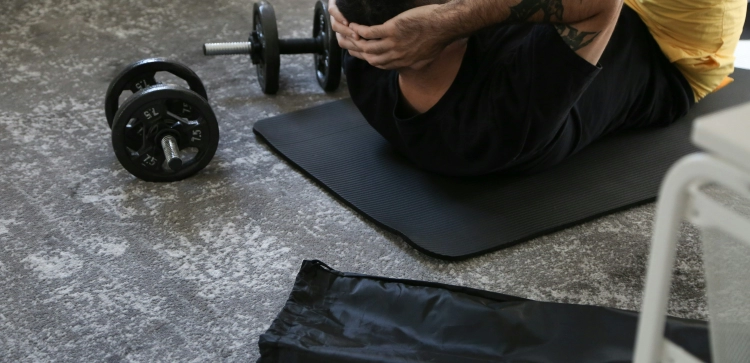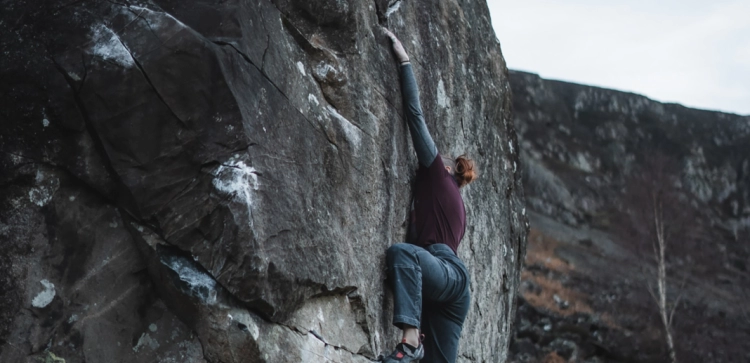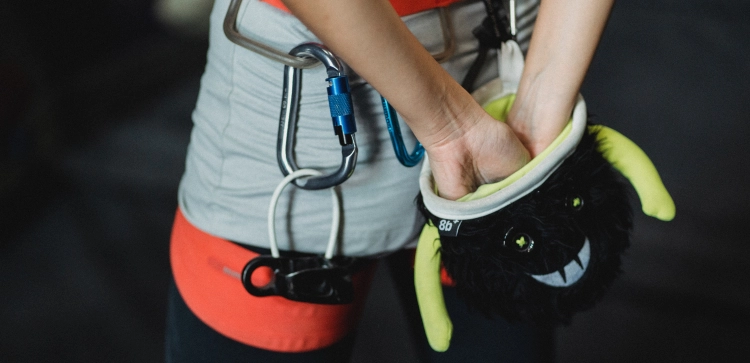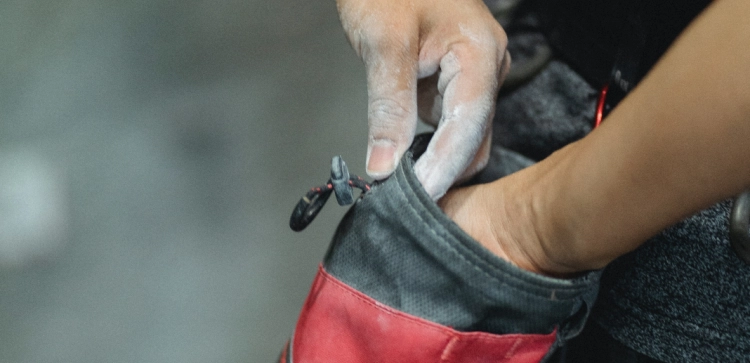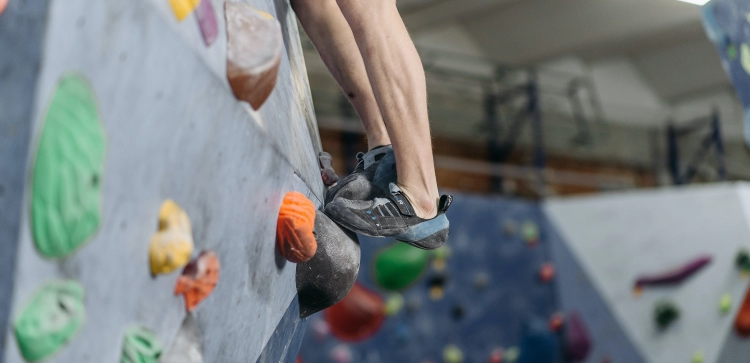







Climbers Point
Rock climbing is considered a high-risk sport due to its inherent nature and the potential dangers involved. The sport involves ascending steep rock faces or cliffs using a variety of techniques and equipment. While safety measures and equipment have greatly improved over the years, there are still inherent risks that climbers must be aware of and mitigate to ensure their safety. Here are some reasons why rock climbing is considered high risk:
-
Falls: Falling is one of the primary risks in rock climbing. Even with the use of safety equipment such as harnesses, ropes, and protective gear, a fall can still result in injury or even death, depending on the height and terrain involved.
-
Equipment failure: Climbing equipment, including ropes, carabiners, and harnesses, must be in good condition and used correctly to ensure safety. Equipment failure or improper usage can lead to accidents and injuries.
-
Environmental hazards: Climbing takes place in various outdoor environments, and climbers are exposed to natural elements such as weather changes, loose rocks, falling debris, and wildlife. These factors can add to the risks involved.
-
Physical demands: Rock climbing requires a high level of physical fitness, strength, and technique. Fatigue, muscle strain, and overexertion can increase the risk of accidents and injuries.
-
Lack of control: Unlike some other sports where the environment is controlled, rock climbing takes place in unpredictable and ever-changing natural settings. Factors such as rock quality, weather conditions, and route difficulty can affect the level of risk.
A climbing bolt is a robust and reliable piece of equipment used in rock climbing. It is designed to provide anchoring and support for climbers. The strength of a climbing bolt can vary depending on its type and specific characteristics. Generally, climbing bolts are engineered to withstand high forces and provide secure attachment points. They are typically made of durable materials such as stainless steel or titanium, chosen for their strength and corrosion resistance. The strength of a climbing bolt is typically measured in kilonewtons (kN), which is a unit of force. Bolt strength can range from around 20 kN to 40 kN or more, depending on the specific bolt design and intended use. It's important to note that the overall strength of a climbing system depends on the quality and proper placement of bolts, as well as other factors such as rock stability and climber technique. So, while climbing bolts are designed to be strong, it is crucial for climbers to exercise good judgment and adhere to proper safety practices when relying on these anchor points.
The part of climbing shoes that stretches is typically the upper material. This is the part that covers the top of your foot and is responsible for providing a snug fit. The upper material of climbing shoes is often made of synthetic or leather materials, which have some elasticity. When you wear climbing shoes, especially during extended use, the upper material can gradually stretch to conform to the shape of your foot. This allows for increased comfort and improved performance while climbing. It's worth noting that not all climbing shoes stretch to the same extent, as it depends on the specific design and materials used by different manufacturers. Nonetheless, the upper part of climbing shoes is the primary area that tends to stretch over time.
